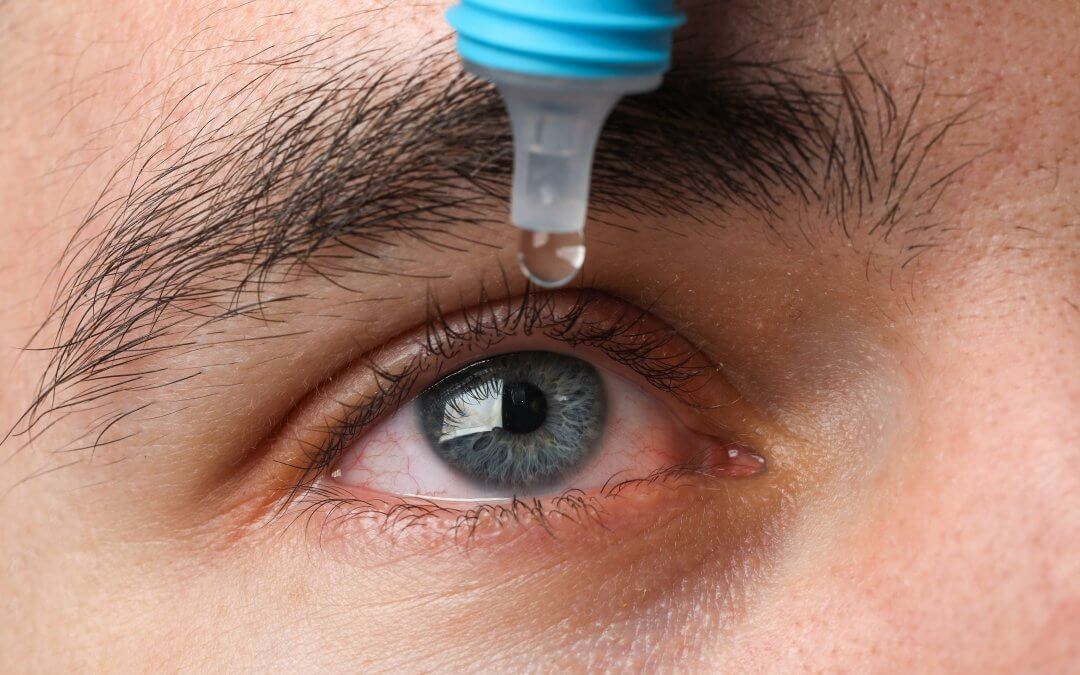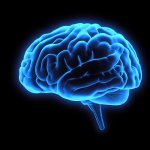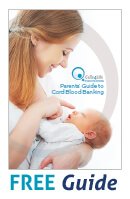A recent phase 1 trial has found that umbilical cord stem cell eye drops could help relieve the symptoms of dry eye for patients with a severe, treatment-resistant form of the condition.
What is dry eye?
Dry eye is a chronic condition where either the eyes do not produce enough tears or the tears produced dry up too quickly.[1] Normally, tears spread over the surface of the eyes every time you blink, keeping it moist and protected and washing away any debris.[2] If there aren’t enough tears, your eyes can become irritated and feel very uncomfortable. Severe dry eye can lead to vision problems, infection and damage to the eye.[1]
Dry eye is a fairly common condition, frequently caused by ageing, with up to a third of people aged 65 of over suffering from it. Other issues that can affect the eyes can also cause dry eye. This includes excessive screen use, living or working somewhere overly dry, overuse of contact lenses, allergies or eye surgery. Autoimmune diseases such as lupus or Sjögren syndrome can also be at fault.[3]
Treatment options for dry eye vary depending on the severity. For mild cases of the condition, regular use of non-prescription eye drops (artificial tears) can be enough. For more severe cases, treatment options can include special contact lenses, prescription medicine to decrease inflammation or increase tear production, and even plugging the tear ducts to prevent tears from draining away too quickly.[4]
Unfortunately, however, there remain cases of severe dry eye that are resistant to any treatment, leaving patients with a reduced quality of life and at risk of vision loss.
What did the trial find?
The trial explored eye drops containing mesenchymal stem cells (MSCs) derived from the umbilical cord as a treatment for severe, treatment-resistant dry eye.[5] It included 16 patients with the condition, as well as 15 healthy subjects who received no treatment, but served as a control to highlight and identify the extent of the dry eye symptoms in the treatment group. Five of the participants had dry eye caused by Sjögren syndrome, which reduces tear production and often causes more severe symptoms than non-Sjögren dry eye.
Patients used the MSC eye drops twice a day for two weeks, in both eyes. Researchers assessed how well the treatment worked based on patient-reported eye discomfort, as well as objective tests to determine the health of the cornea, levels of tear production, and how quickly tears evaporated. They also evaluated how well meibomian glands worked: these glands are responsible for producing the oily outer layer of tears that keep them from evaporating too quickly. Safety was rigorously monitored throughout the trial.
The treatment had positive results in patients, significantly easing most signs and symptoms of dry eye by the four-week follow-up visit. The improvements were particularly significant in terms of tear production, as well as less damage to the surface of the eye. Meibomian glands also worked better and were found to be less obstructed. Moreover, the quality of tears improved and discomfort lessened, though only reaching statistical significance in non-Sjögren patients.
Tear composition analysis offered potential insights into how the treatment worked. After the treatment, tears had lower levels of inflammatory proteins, as well as higher levels of Mucin 5AC, a protein which helps with the lubrication of the surface of the eye. This suggests that it is the anti-inflammatory properties of the umbilical cord MSCs that are working to relieve symptoms.
The healing potential of umbilical cord stem cells
Because this was a first-in-human, small scale preliminary trial, more research is needed before this treatment for dry eye can become readily available. Still, the promising results underscore the strong potential of umbilical cord stem cells for the treatment of not just dry eye, but also other conditions and diseases that currently have no real cure.
To learn how you could preserve your baby’s umbilical cord for potential future treatment use should they ever need it, fill in the form below to receive our free guide.
References
FIND OUT MORE, REQUEST YOUR WELCOME PACK TODAY
All you need to know to make an informed decision.
Provide your contact details to request:
– Complete Welcome Pack and Parent’s Guide
– Information via email
– Contact from our specialist advisors









